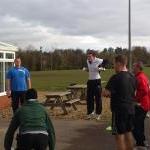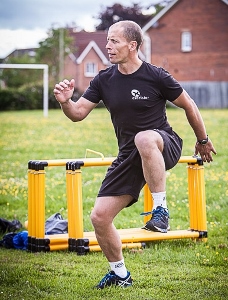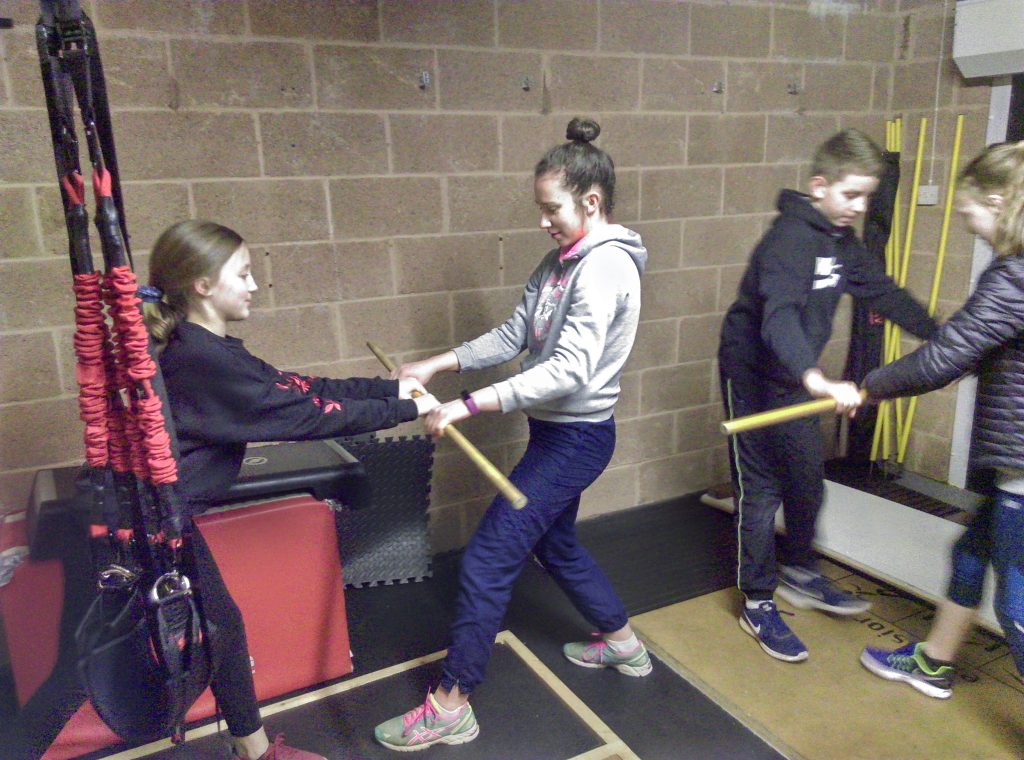Posts Tagged ‘strength and conditioning qualifications’
Strength and conditioning coaching course reflections
“Plyometricky: an exercise that purports to be elastic, but is performed slowly”
 a new phrase coined last week on the level 2 Coaching Strength and Conditioning for Sport at Oxford Brookes University.
a new phrase coined last week on the level 2 Coaching Strength and Conditioning for Sport at Oxford Brookes University.
The candidates came up with that term when we were discussing the myriad of “power” exercises that are just slow jumps.
Read MoreGet the dumbbells moving
“Move the dumbbells as far away from your body as possible”
when doing reverse flyes. Or “lower and retract shoulder blades whilst body is at a 30 degree angle and work in the transverse and horizontal planes with maximal extension“.
Which is better for motor learning?
Read More6 ways to get better as a strength and conditioning coach.
 I am pleased to announce that on Saturday 6 people passed the level 1 Strength and Conditioning for Sport Course, and 2 passed the level 2.
I am pleased to announce that on Saturday 6 people passed the level 1 Strength and Conditioning for Sport Course, and 2 passed the level 2.
There were some excellent examples of coaching practice on the day, using skills and knowledge gained from the previous workshops, their studies and their own experiences.
Read MoreHow not to get a job in Strength and Conditioning
“How can I get a job in strength and conditioning?”
 Is a question I get asked a lot. Having recently advertised for several positions (paid and unpaid) for strength and conditioning coach, I was appalled at the standard of application.
Is a question I get asked a lot. Having recently advertised for several positions (paid and unpaid) for strength and conditioning coach, I was appalled at the standard of application.

